Step inside Asif Khan’s dark pavilion for the Winter Olympics
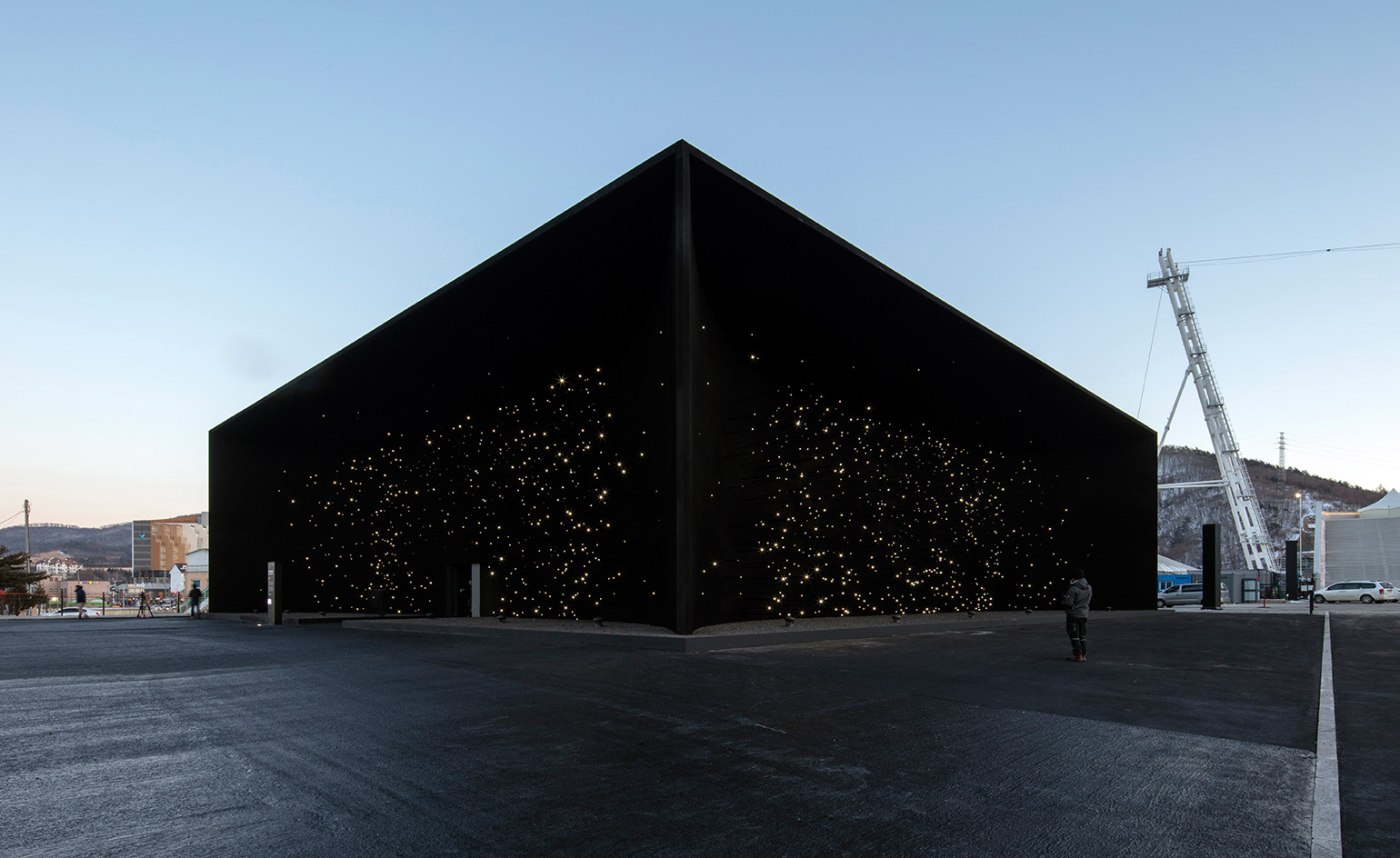
Could this be the darkest building on earth? ‘On entering the building, it feels as though you are being absorbed into a cloud of blackness’, says its creator, British-based architect Asif Khan. Welcome to the 2018 Winter Olympics Hyundai Motor pavilion.
The structure, set within the PyeongChang Olympic Park, is without a doubt, a distinctive and dynamic piece of architecture. Conceived as a super-black composition, fully coated in light absorbing Vantablack VBx2, this pavilion is a playful take on a blackout space; its matt black material is able to absorb 99 per cent of the light that hits its surface, appearing almost as a black void, even in broad daylight. Its exterior is ‘illuminated by a field of stars that appear to float in mid-air’, adds the architect.
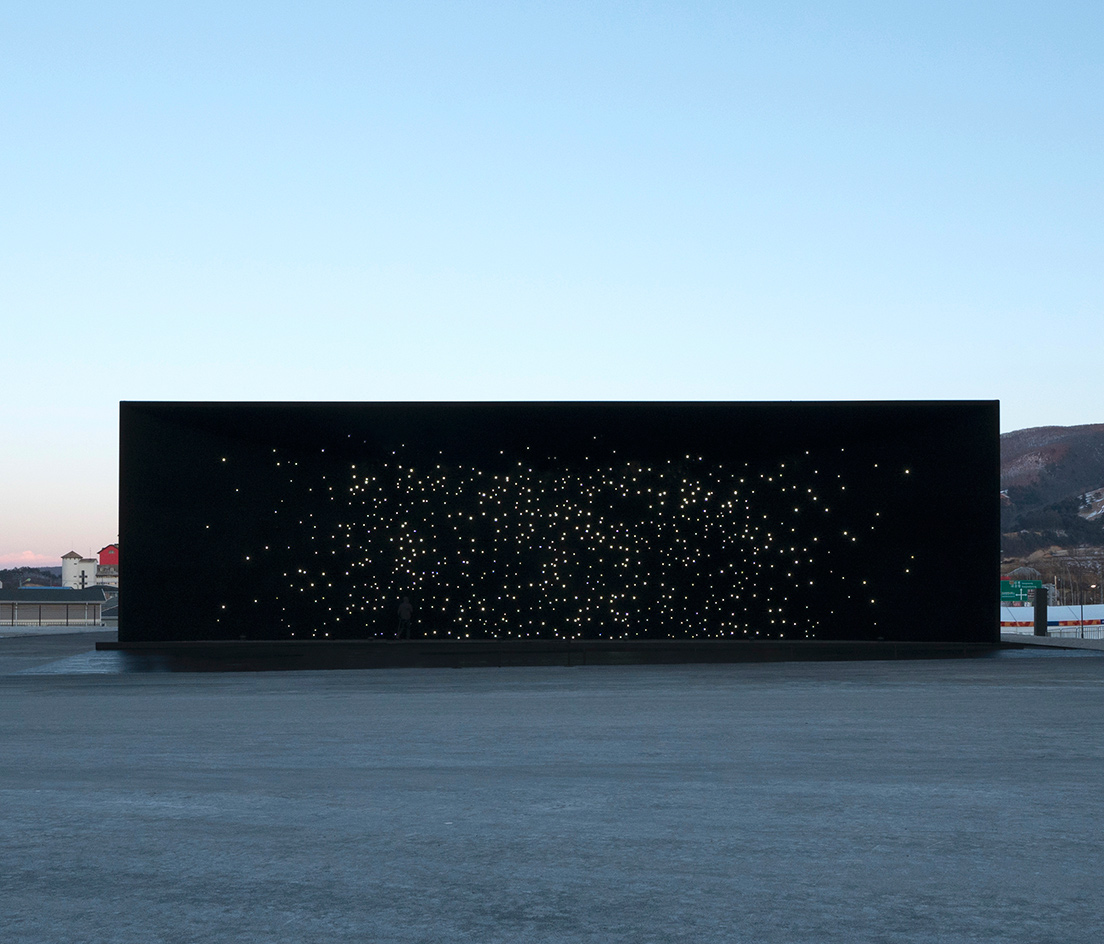
Khan's design for the pavilion was inspired by the automotive company’s technology
Part of Hyundai Motor’s global mobility initiative, the structure features 10-metre-high parabolic facades but measures a mere 35m x 35m in footprint; however its impact far surpasses its physical size. Inside, Khan created a ‘water room’ – an intricate installation emitting 25,000 singular water droplets per minute. Visitors can interact with them through sensors, altering their rhythm. The droplets collect into a lake that drains and reappears throughout the course of the display.
The contrast between inside and outside is powerful, creating an impressive effect. ‘The water installation visitors discover inside is brightly lit in white’, says Khan. ‘As your eyes adjust, you feel for a moment that the tiny water drops are at the scale of the stars. A water droplet is a size every visitor is familiar with. In the project I wanted to move from the scale of the cosmos to the scale of water droplets in a few steps. The droplets contain the same hydrogen from the beginning of the universe as the stars.’
In tune with Hyundai’s mission to explore how ease of mobility can enhance everyday life, the pavilion’s design is inspired by the automotive company’s technology.
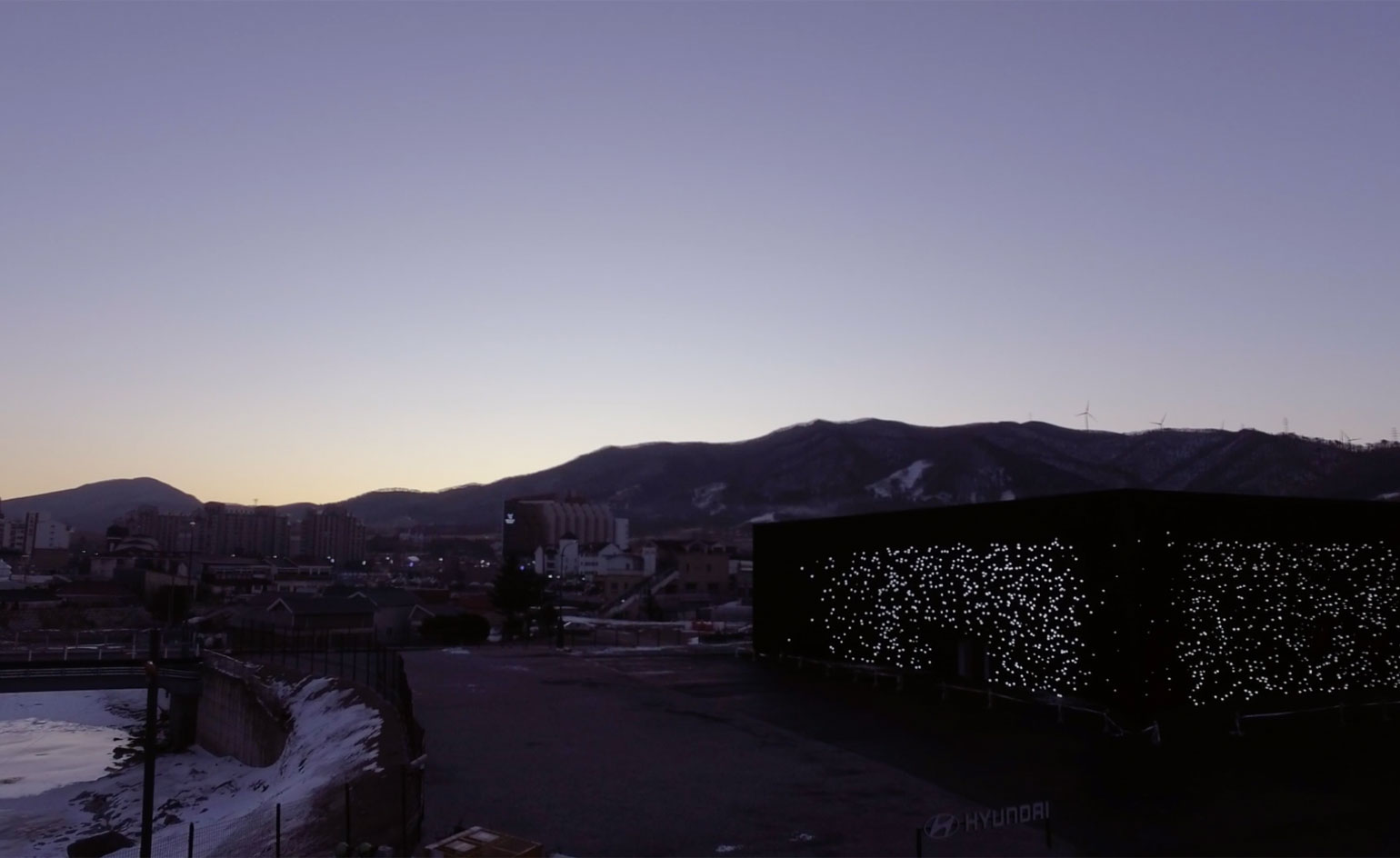
Watch Asif Khan's pavilion come to life in the landscape
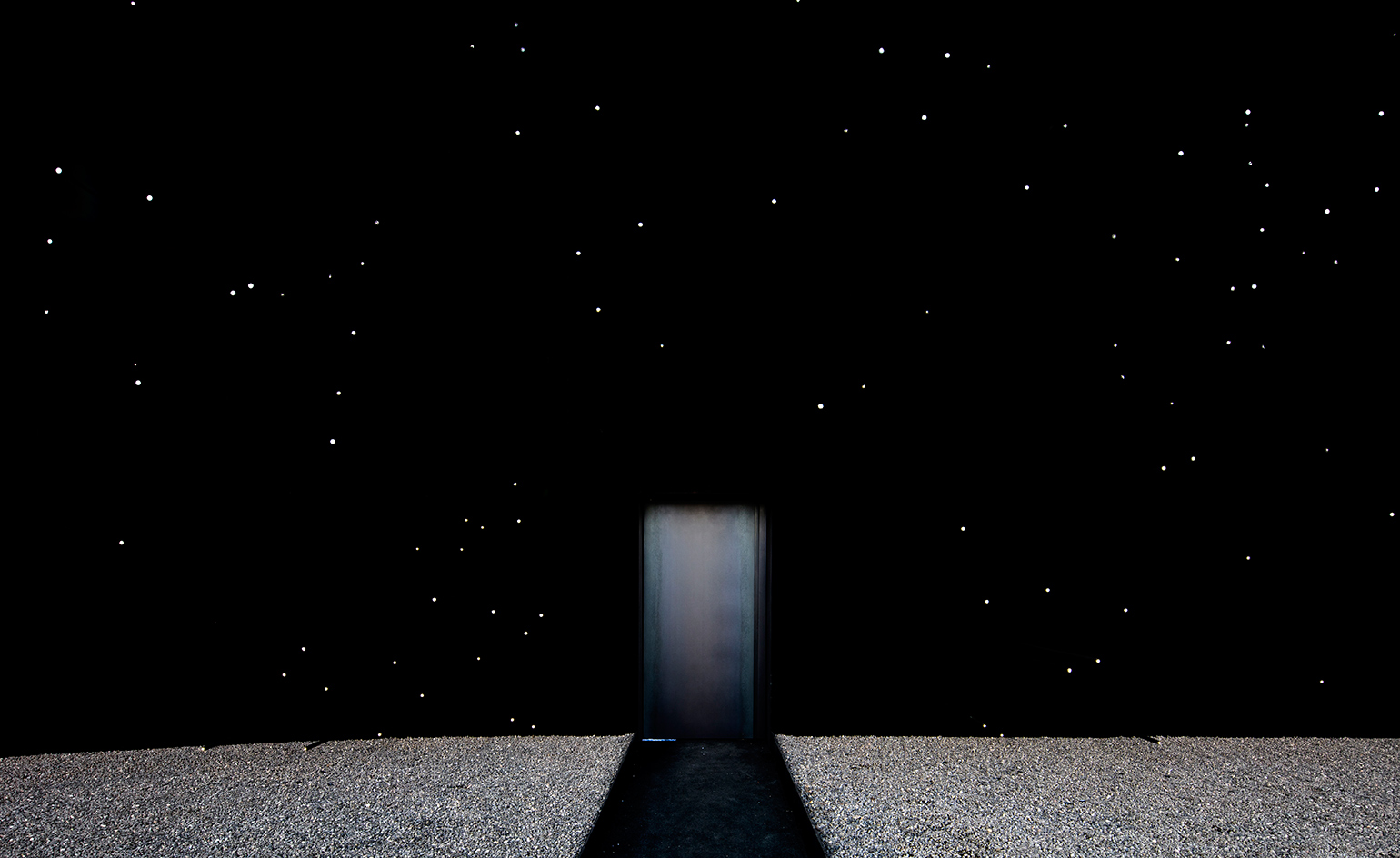
The structure is coated in a matt black material that is able to absorb 99 per cent of the light that hits its surface
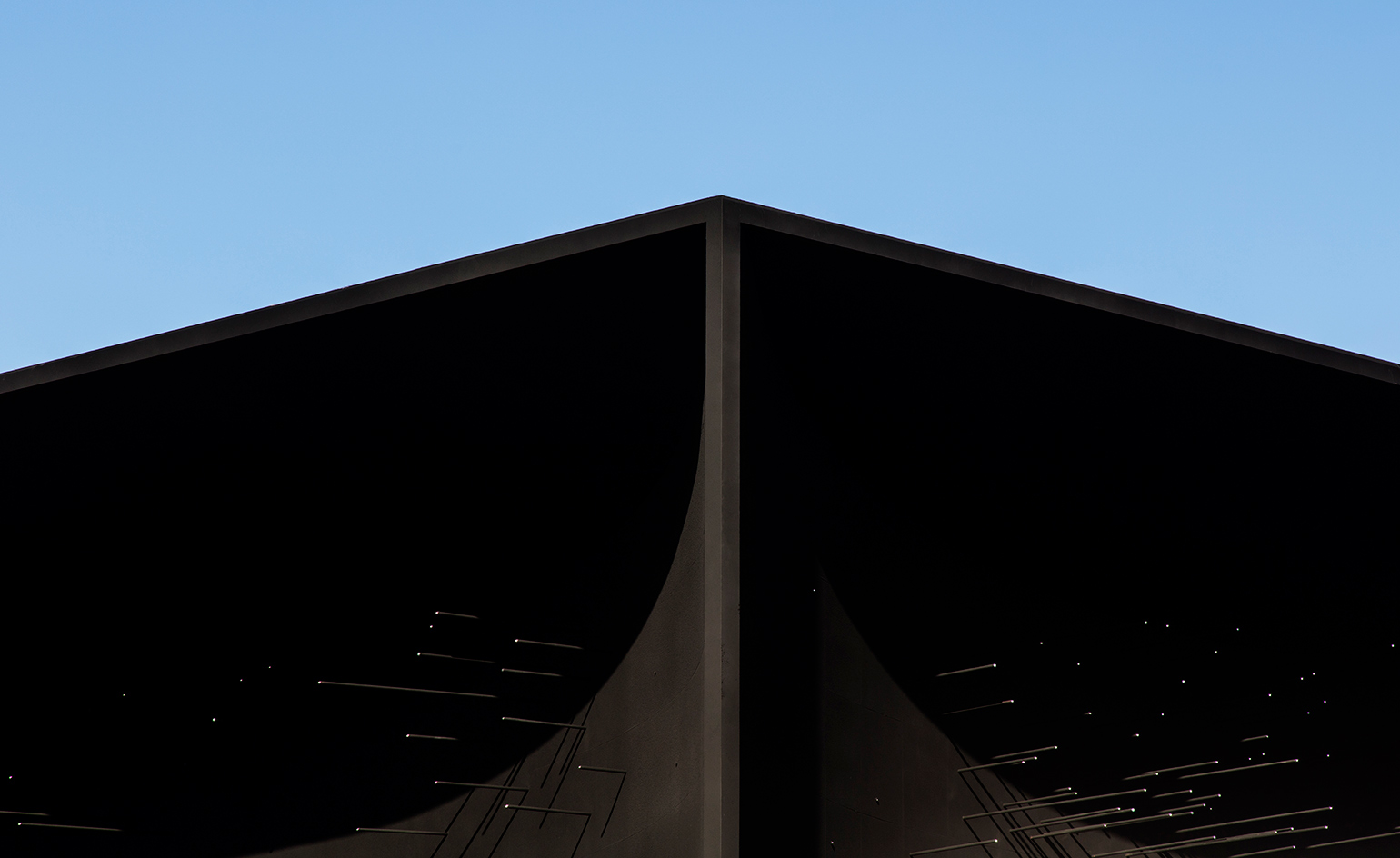
Khan’s pavilion features 10-metre-high parabolic facades but measures a mere 35m x 35m in footprint.
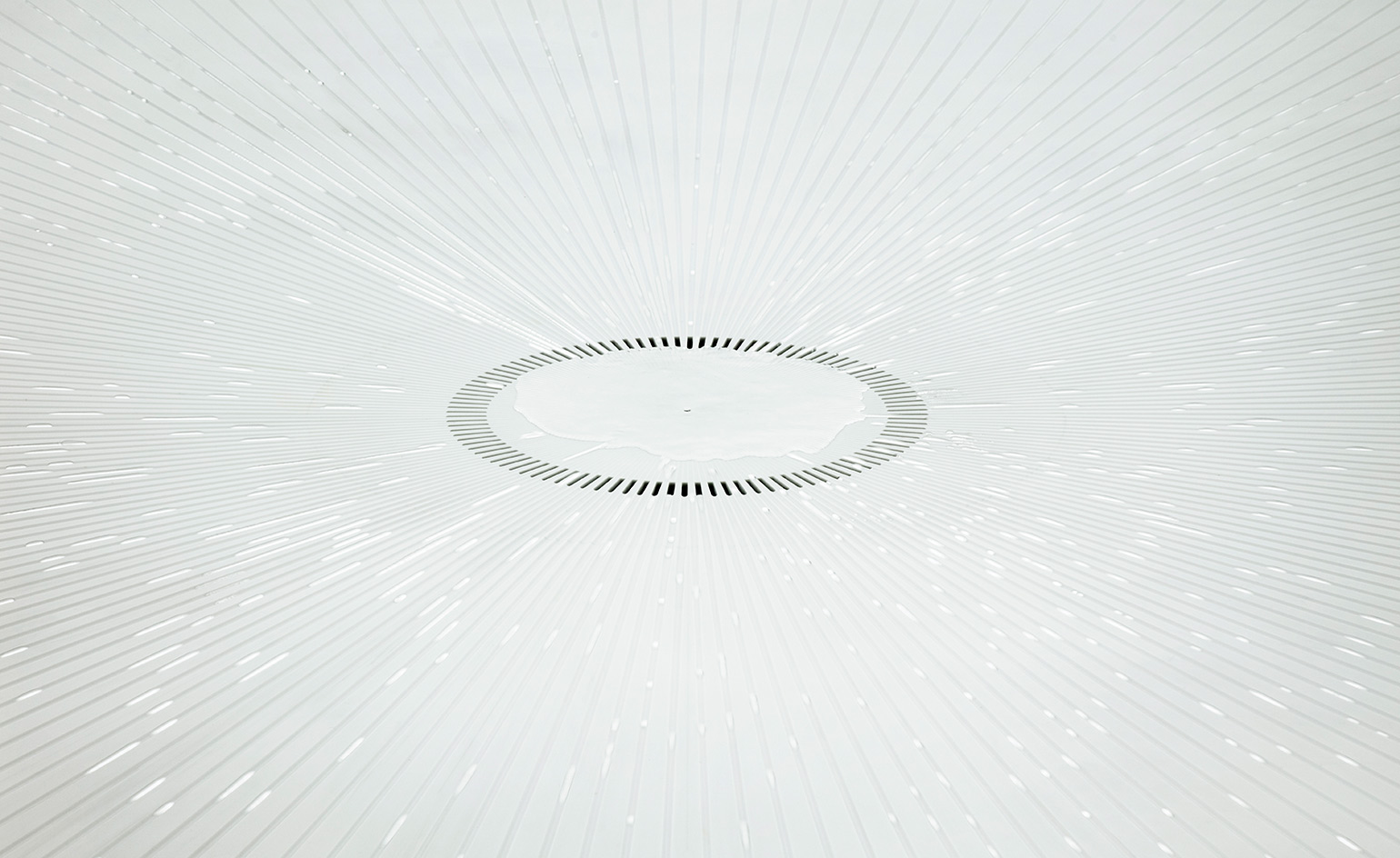
Inside the pavilion a water element is designed to interact with visitors.
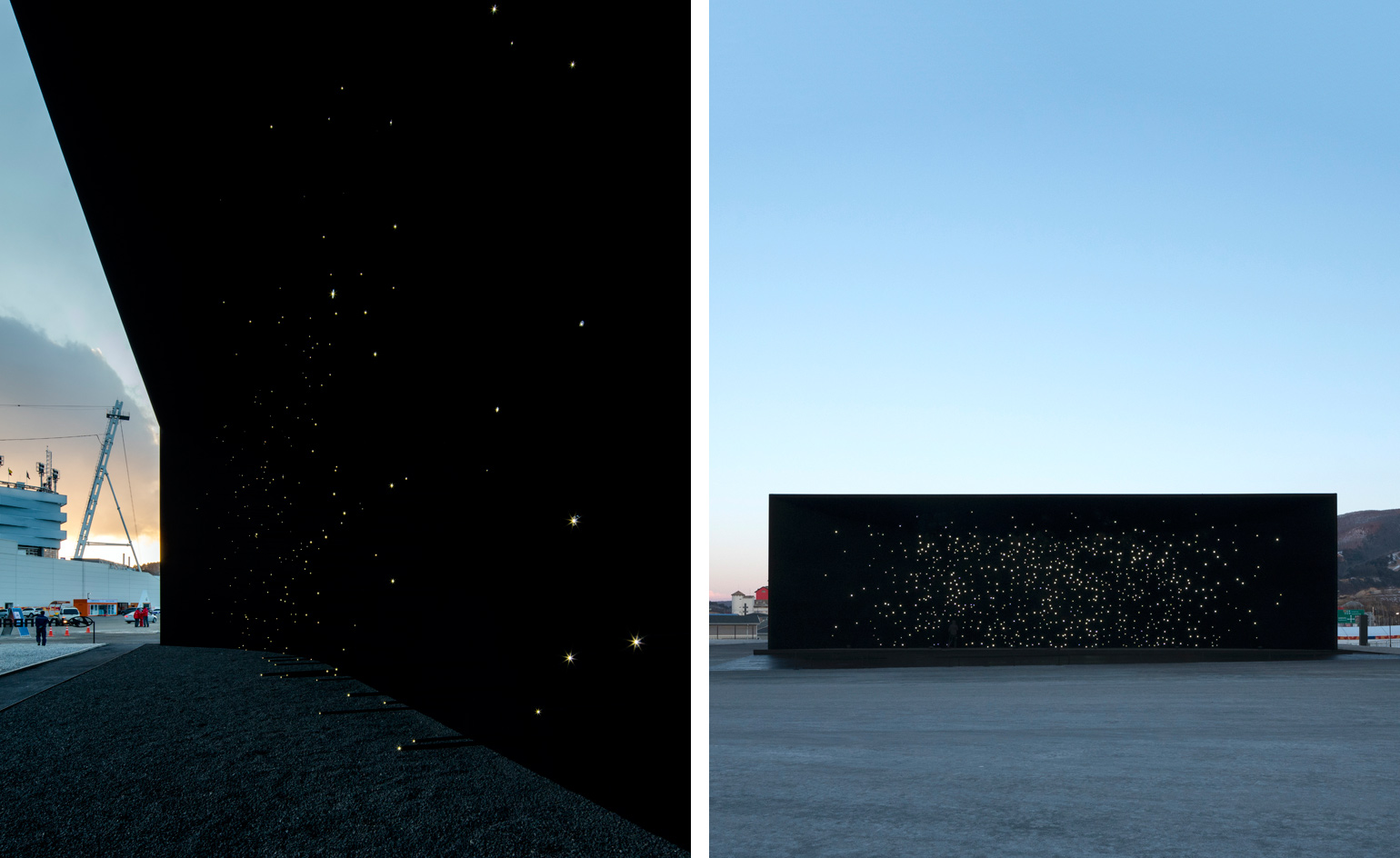
Khan’s design was inspired by the automotive company’s technology.
INFORMATION
For more information visit the Asif Khan website
Receive our daily digest of inspiration, escapism and design stories from around the world direct to your inbox.
Ellie Stathaki is the Architecture & Environment Director at Wallpaper*. She trained as an architect at the Aristotle University of Thessaloniki in Greece and studied architectural history at the Bartlett in London. Now an established journalist, she has been a member of the Wallpaper* team since 2006, visiting buildings across the globe and interviewing leading architects such as Tadao Ando and Rem Koolhaas. Ellie has also taken part in judging panels, moderated events, curated shows and contributed in books, such as The Contemporary House (Thames & Hudson, 2018), Glenn Sestig Architecture Diary (2020) and House London (2022).
-
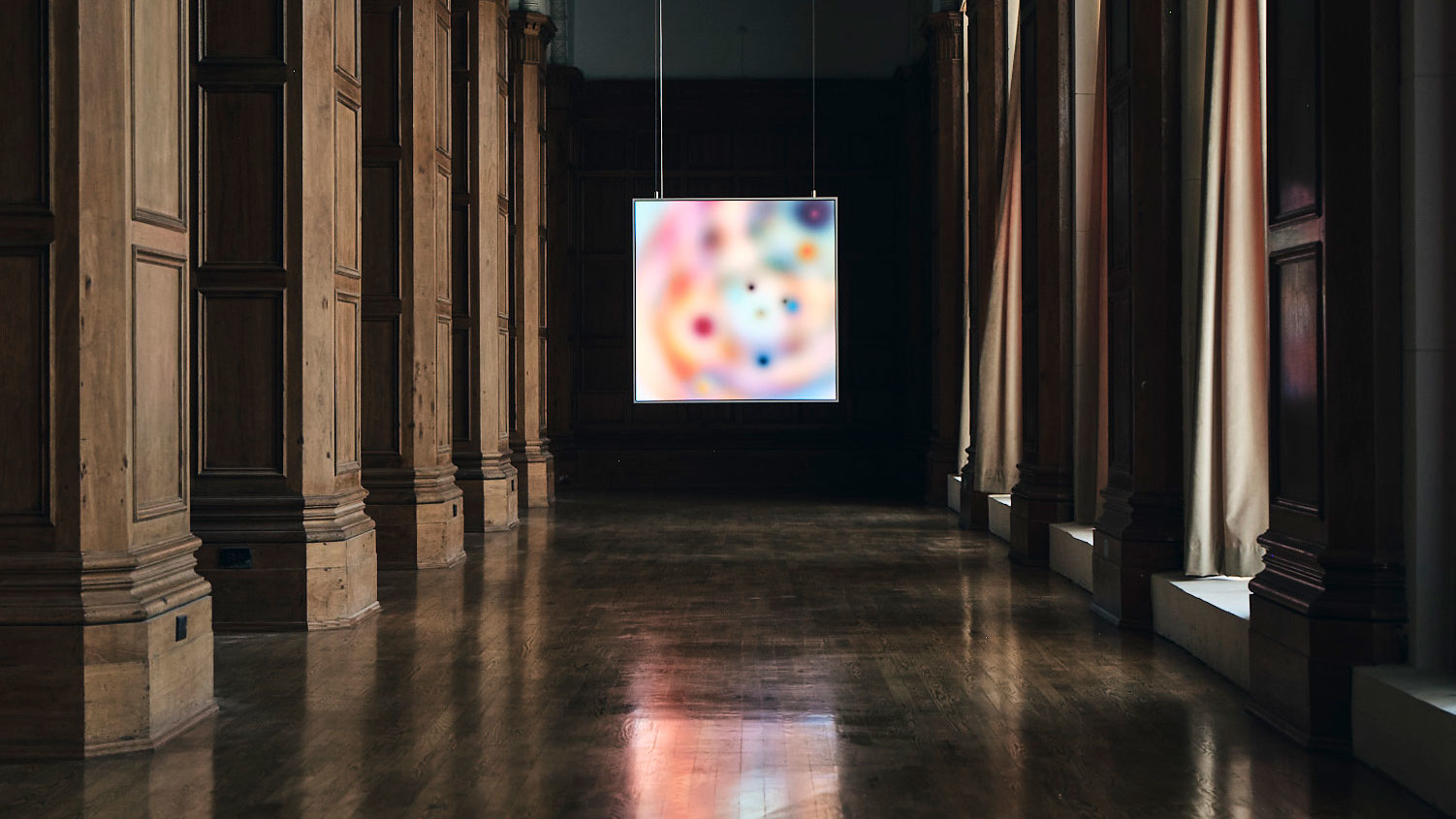 In the frame: Layer is a new high-tech platform for displaying unique pieces of generative art
In the frame: Layer is a new high-tech platform for displaying unique pieces of generative artA museum-grade canvas renders digital art with spectacular precision, cutting-edge tech and exacting industrial design
-
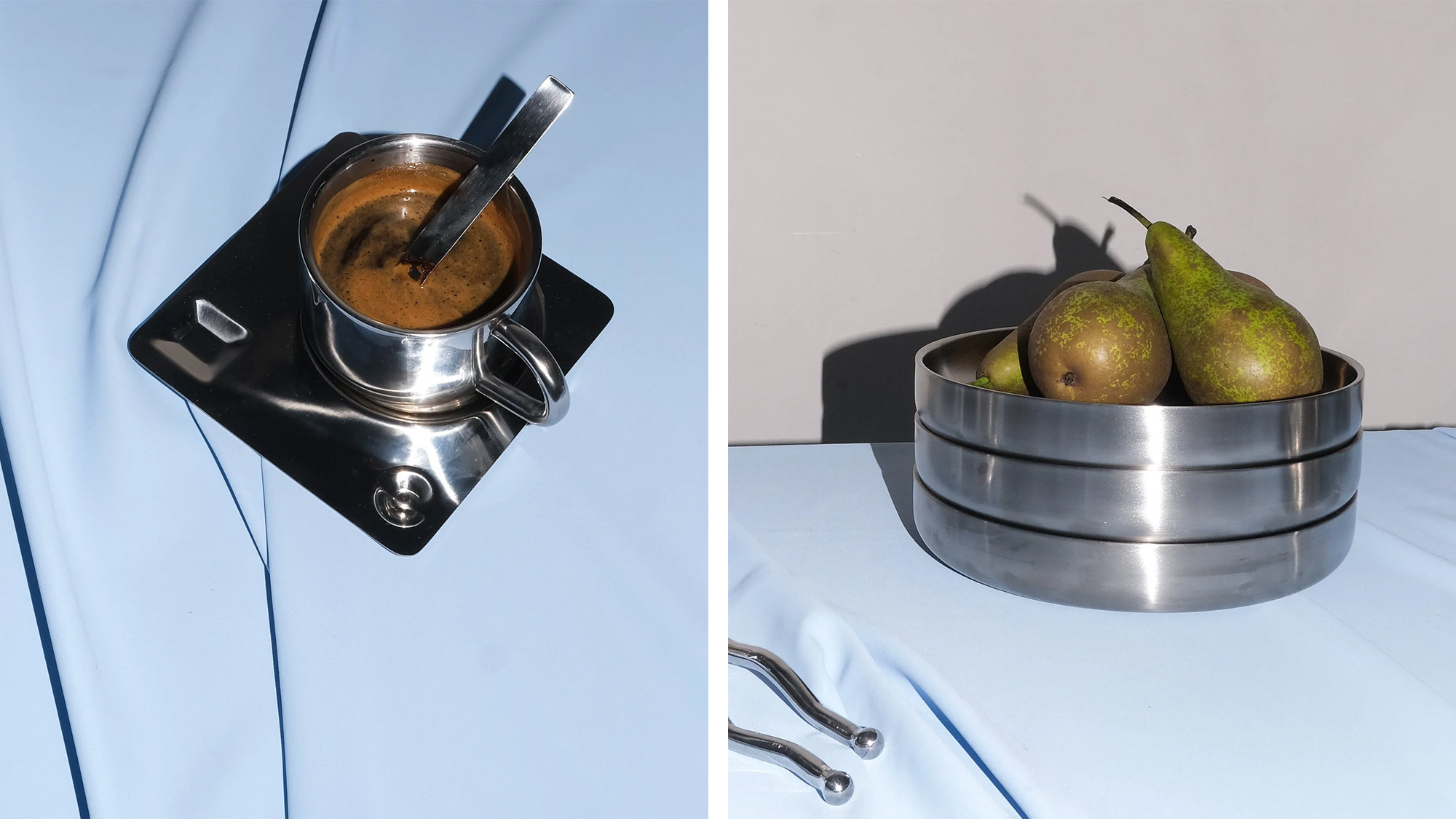 Chrome tableware to make your dining setup shine
Chrome tableware to make your dining setup shineOnce a hallmark of industrial and midcentury design, chrome is shining once again. The latest expression? Metallic dinner-, drink- and serveware that embody sophistication
-
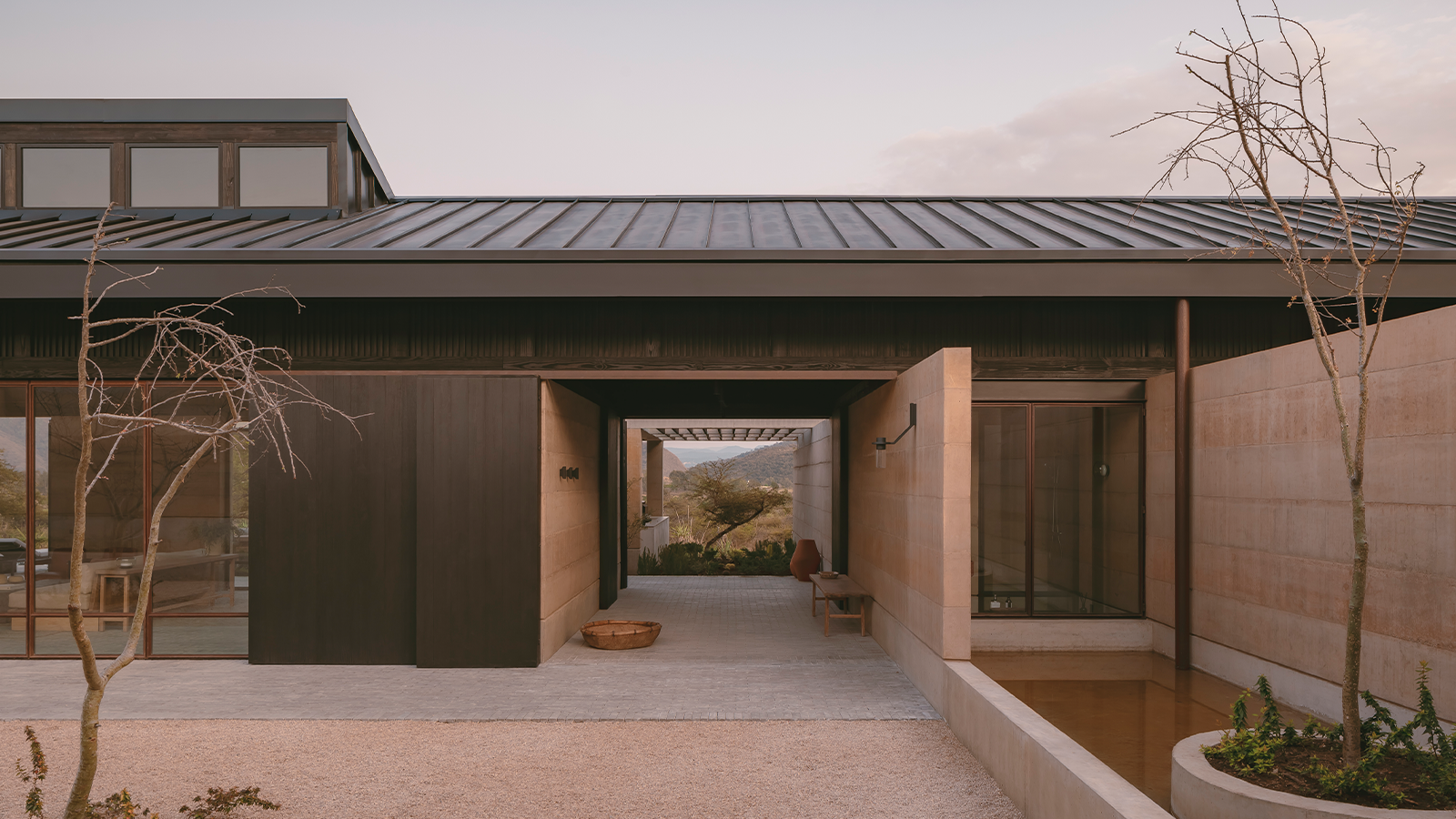 Serenity radiates through this Mexican home, set between two ravines
Serenity radiates through this Mexican home, set between two ravinesOn the cusp of a lakeside town, Mexican home Casa el Espino is a single-storey residence by Soler Orozco Arquitectos (SOA)
-
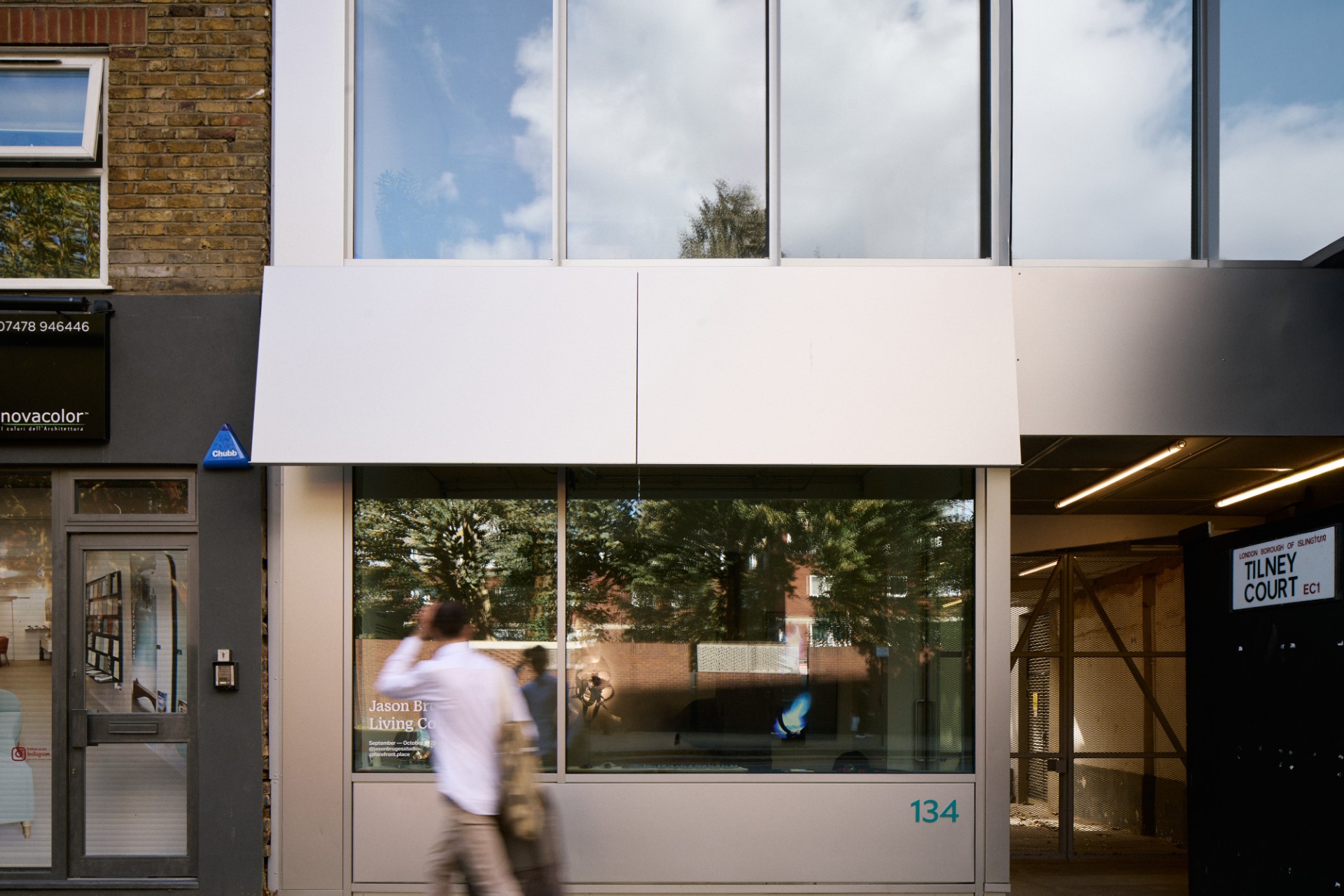 Meet Forefront, a cultural platform redefining the relationship between art and architecture
Meet Forefront, a cultural platform redefining the relationship between art and architectureForefront co-founder Dicle Guntas, managing director of developer HGG, tells us about the exciting new initiative and its debut exhibition, a show of lumino-kinetic sculptures in London
-
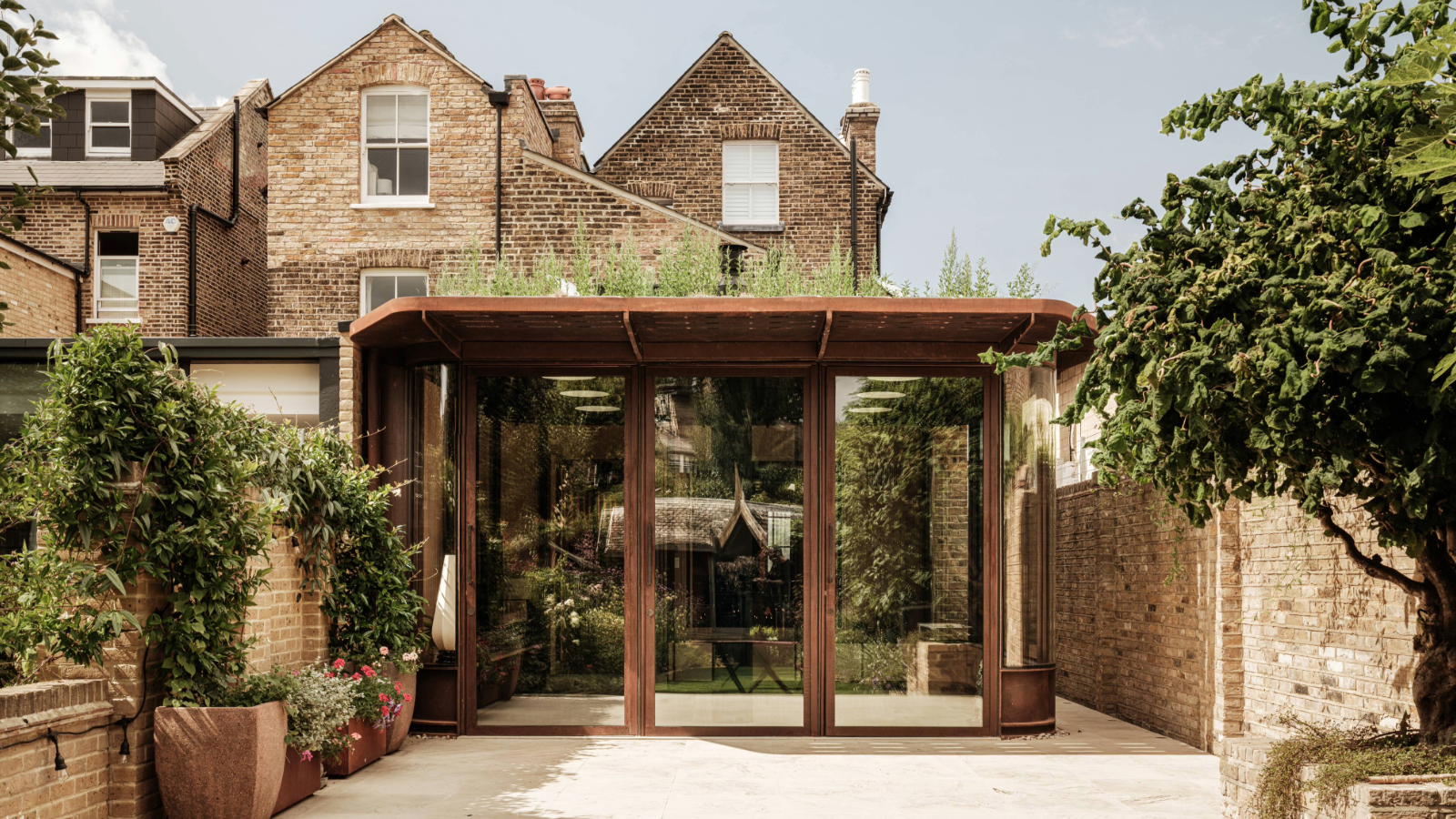 Corten curves and contemporary flair transform this terraced house in London
Corten curves and contemporary flair transform this terraced house in LondonCagni Williams Associates’ sensitive refurbishment of a south London Edwardian house features a striking and sustainable Corten steel extension
-
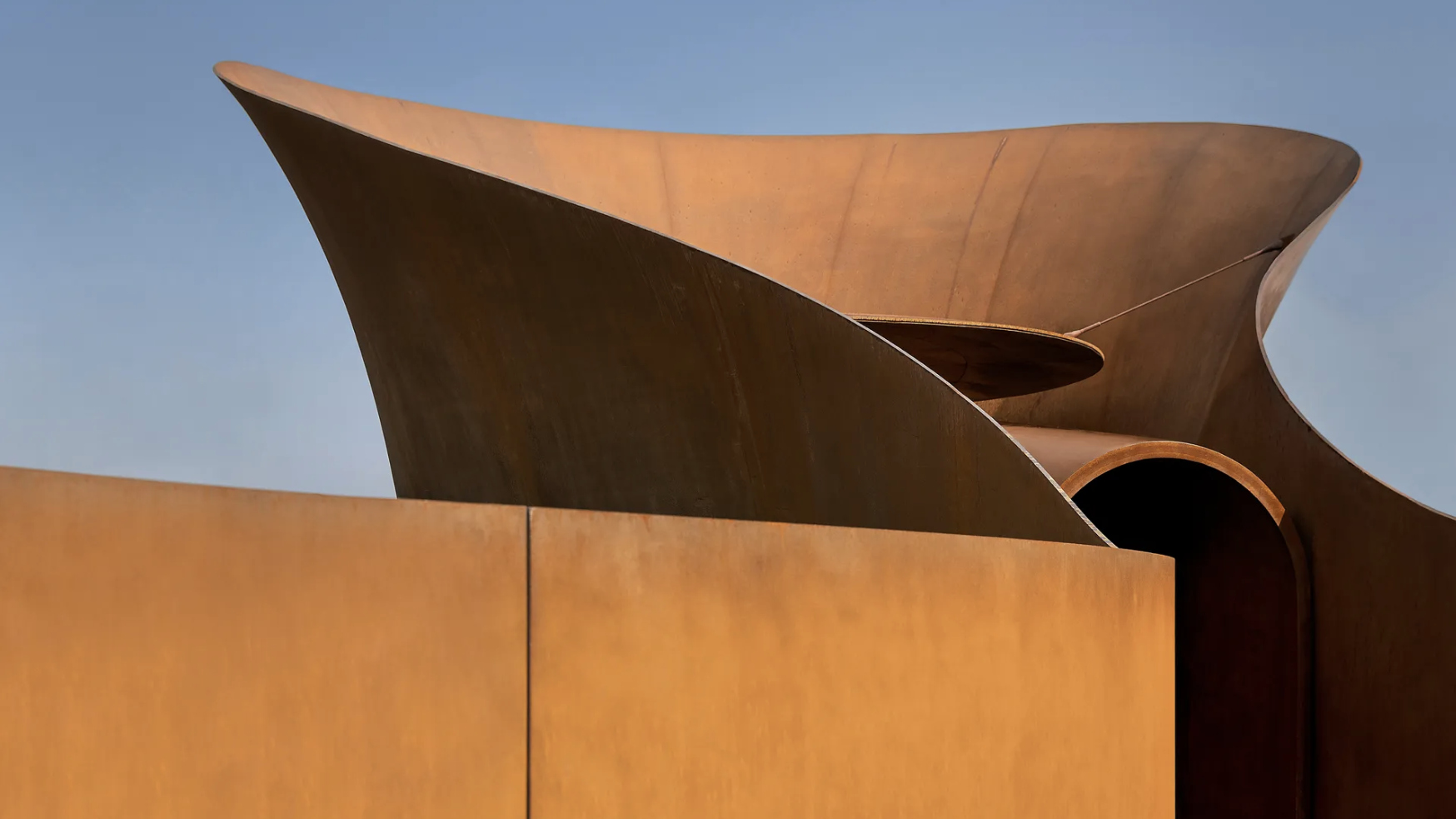 Doshi Retreat at the Vitra Campus is both a ‘first’ and a ‘last’ for the great Balkrishna Doshi
Doshi Retreat at the Vitra Campus is both a ‘first’ and a ‘last’ for the great Balkrishna DoshiDoshi Retreat opens at the Vitra campus, honouring the Indian modernist’s enduring legacy and joining the Swiss design company’s existing, fascinating collection of pavilions, displays and gardens
-
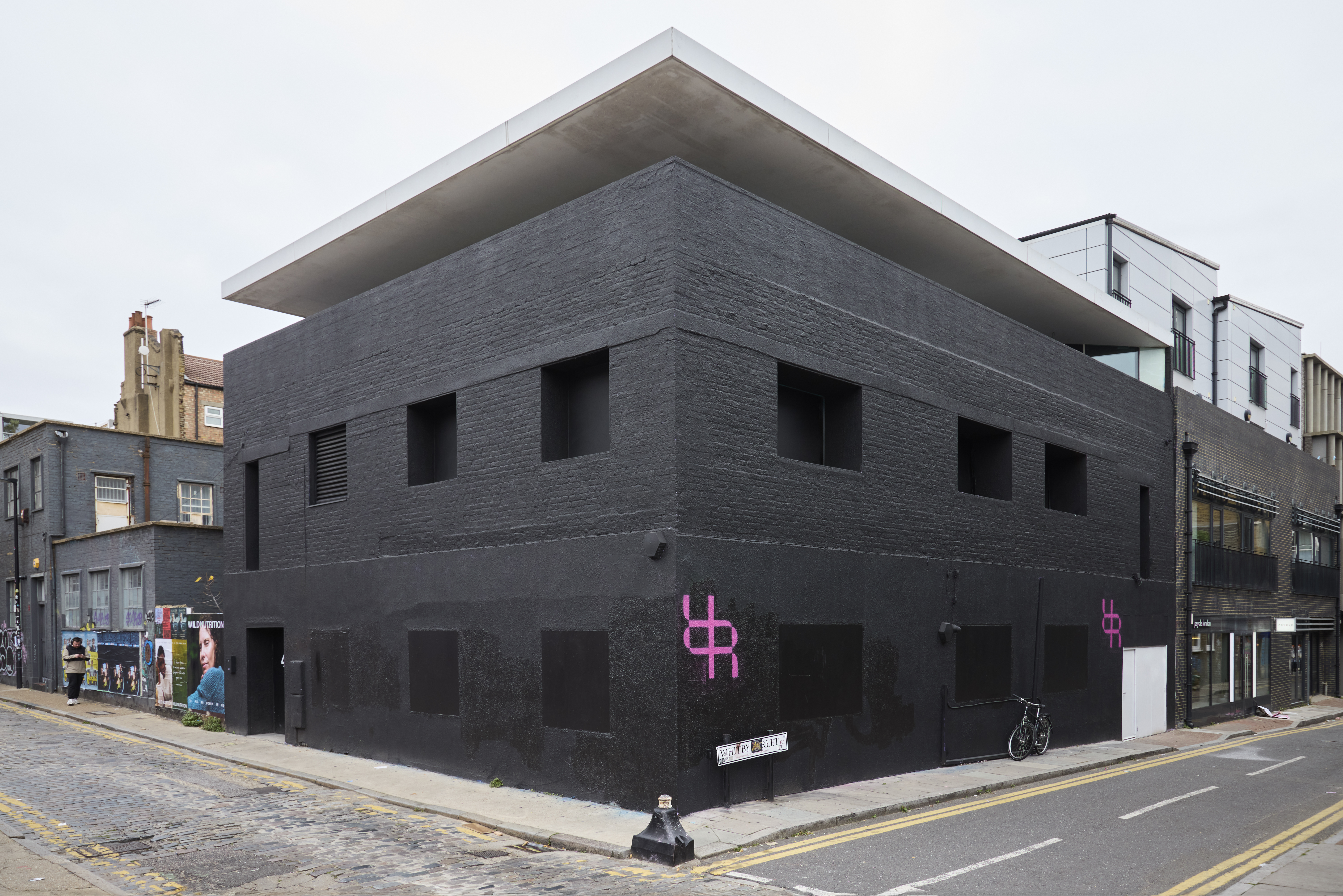 You may know it as ‘Dirty House’ – now, The Rogue Room brings 21st-century wellness to Shoreditch
You may know it as ‘Dirty House’ – now, The Rogue Room brings 21st-century wellness to ShoreditchThe Rogue Room – set in the building formerly known as Dirty House by Sir David Adjaye, now reinvented by Studioshaw – bridges wellness and culture in London's Shoreditch
-
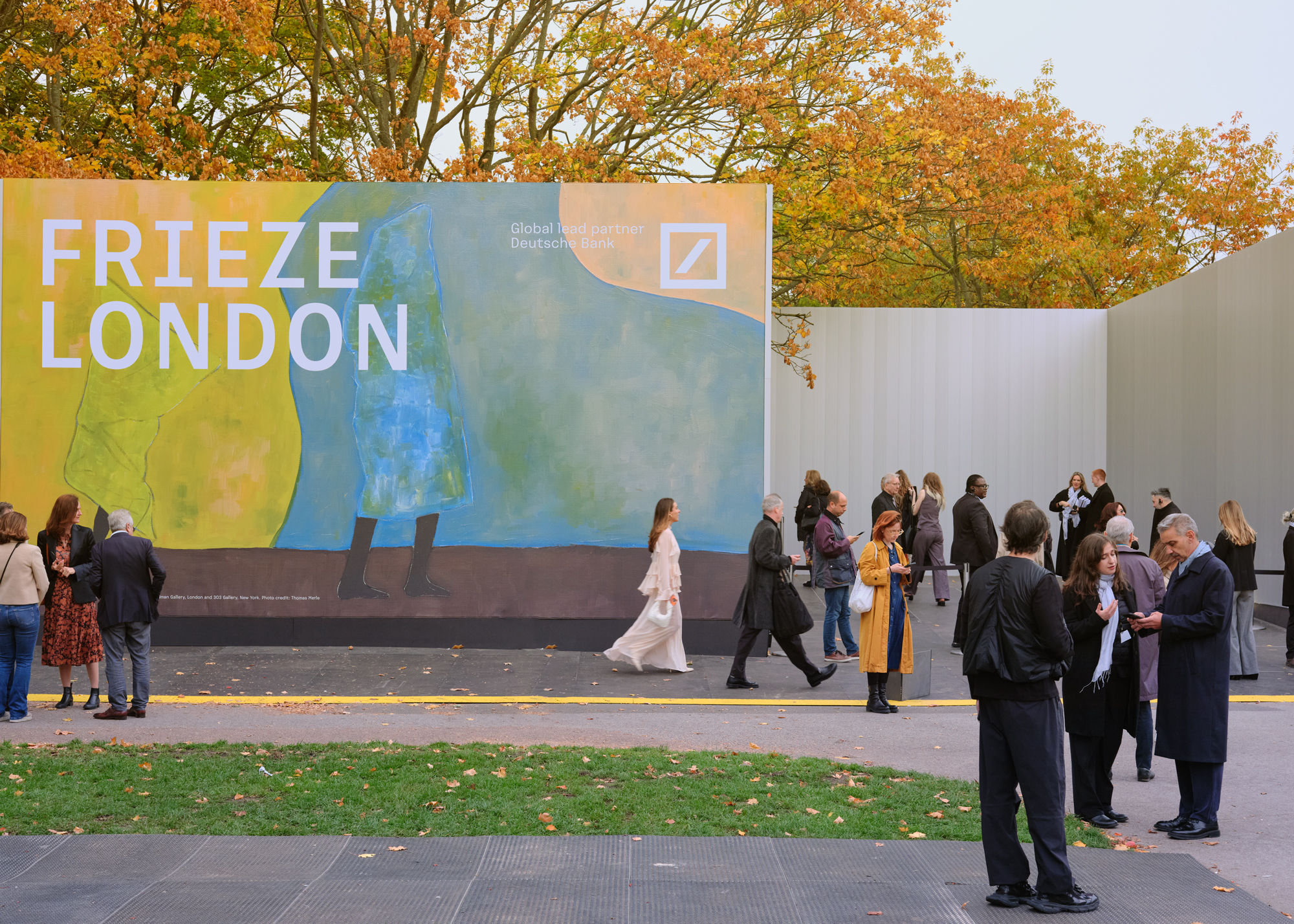 The architectural innovation hidden in plain sight at Frieze London 2025
The architectural innovation hidden in plain sight at Frieze London 2025The 2025 Frieze entrance pavilions launch this week alongside the art fair, showcasing a brand-new, modular building system set to shake up the architecture of large-scale events
-
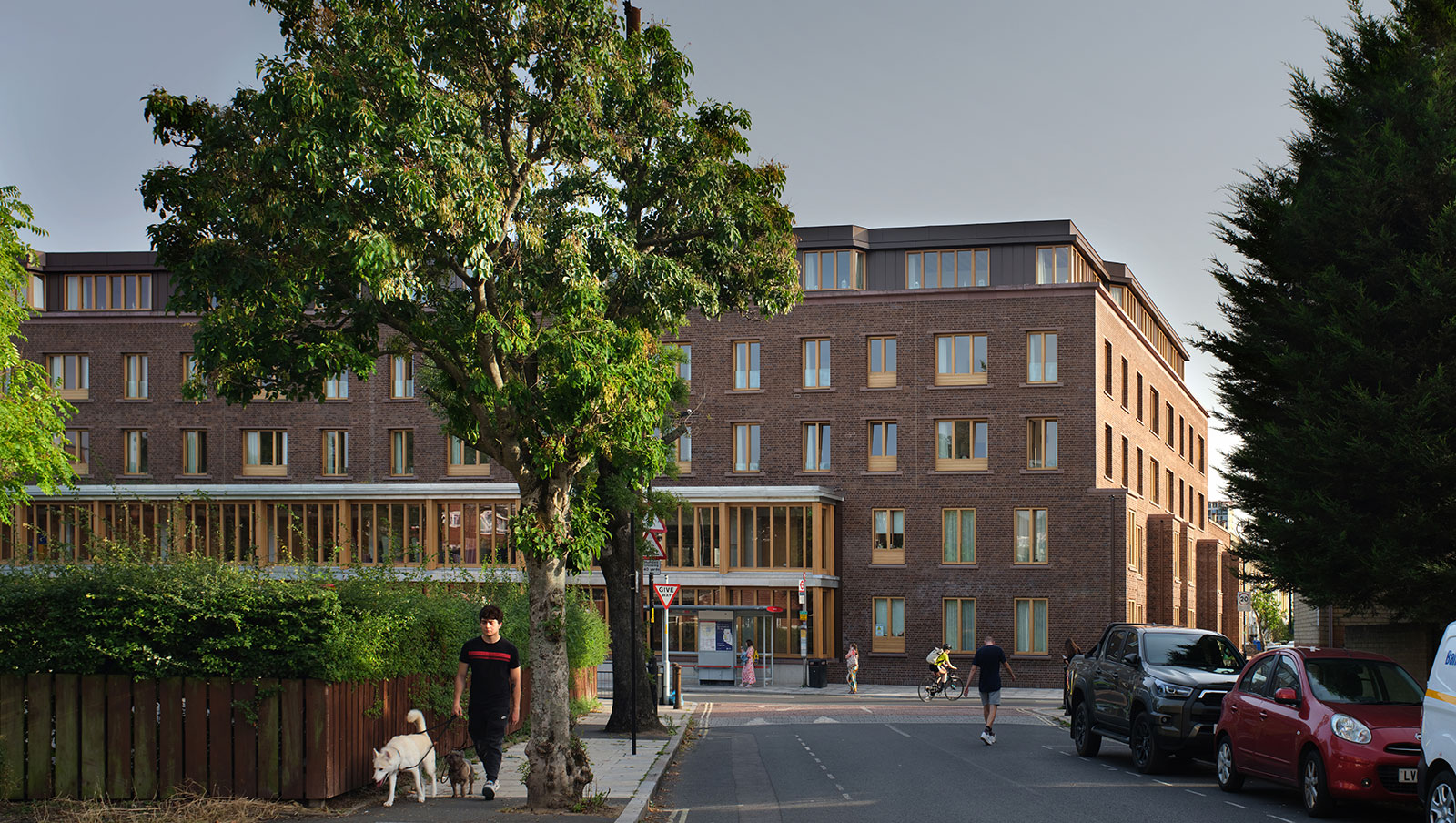 RIBA Stirling Prize 2025 winner is ‘a radical reimagining of later living’
RIBA Stirling Prize 2025 winner is ‘a radical reimagining of later living’Appleby Blue Almshouse wins the RIBA Stirling Prize 2025, crowning the social housing complex for over-65s by Witherford Watson Mann Architects, the best building of the year
-
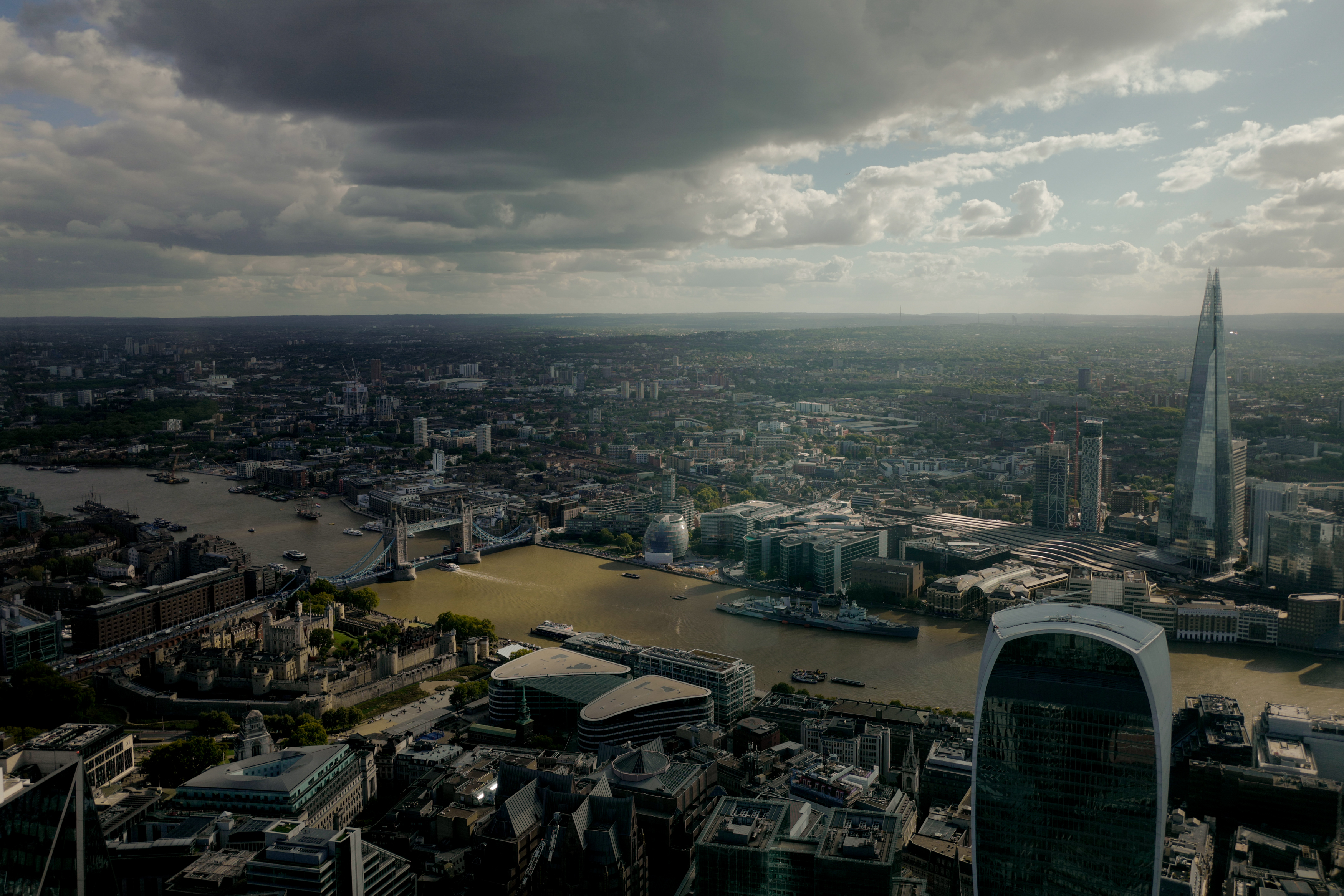 ‘Belonging’ – the LFA 2026 theme is revealed, exploring how places can become personal
‘Belonging’ – the LFA 2026 theme is revealed, exploring how places can become personalThe idea of belonging and what it means in today’s world will be central at the London Festival of Architecture’s explorations, as the event’s 2026 theme has been announced today
-
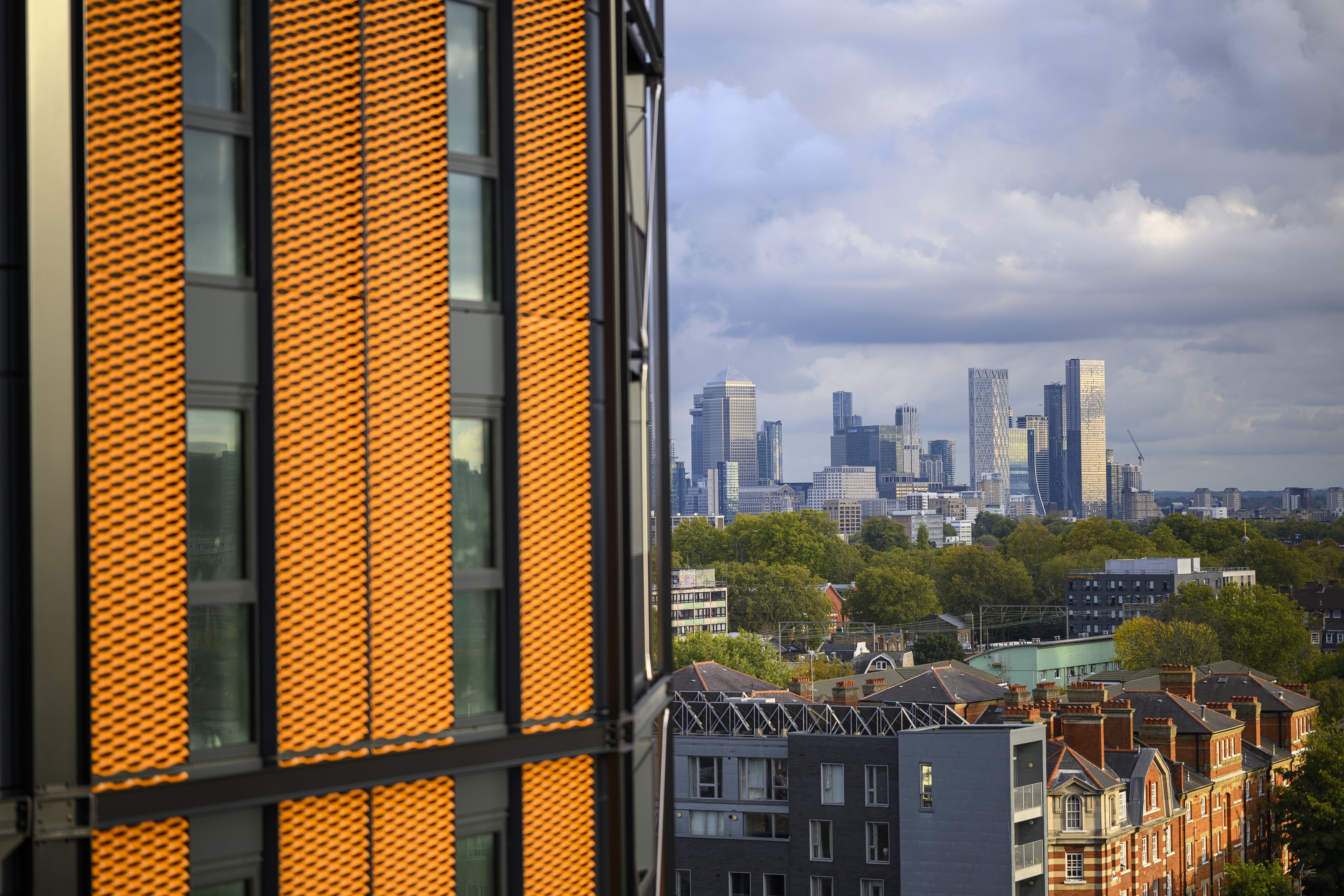 Join us on a first look inside Regent’s View, the revamped canalside gasholder project in London
Join us on a first look inside Regent’s View, the revamped canalside gasholder project in LondonRegent's View, the RSHP-designed development for St William, situated on a former gasholder site on a canal in east London, has just completed its first phase